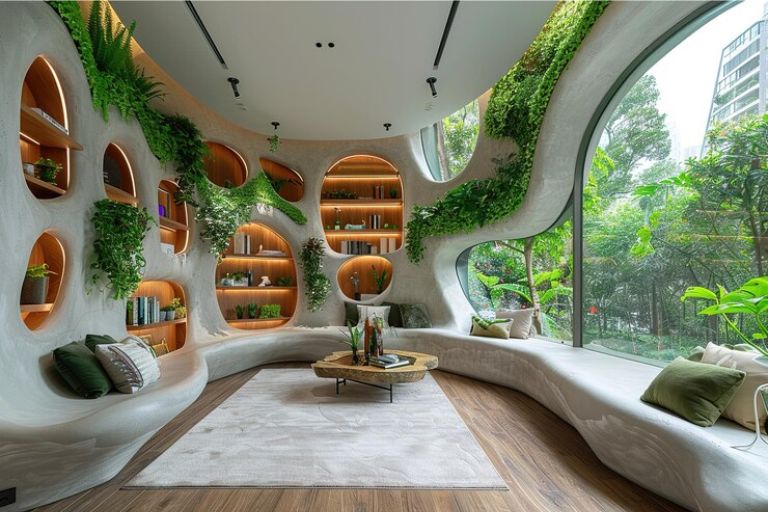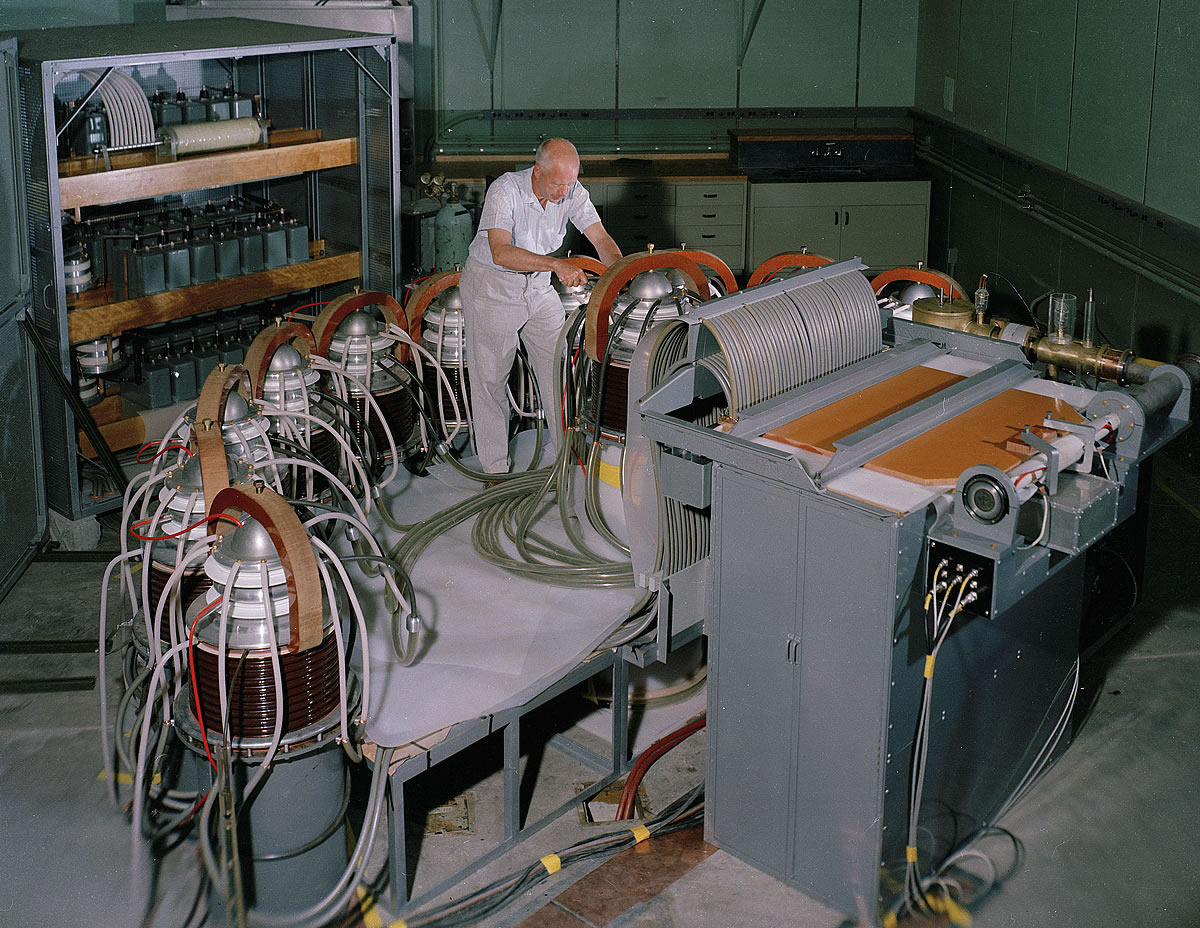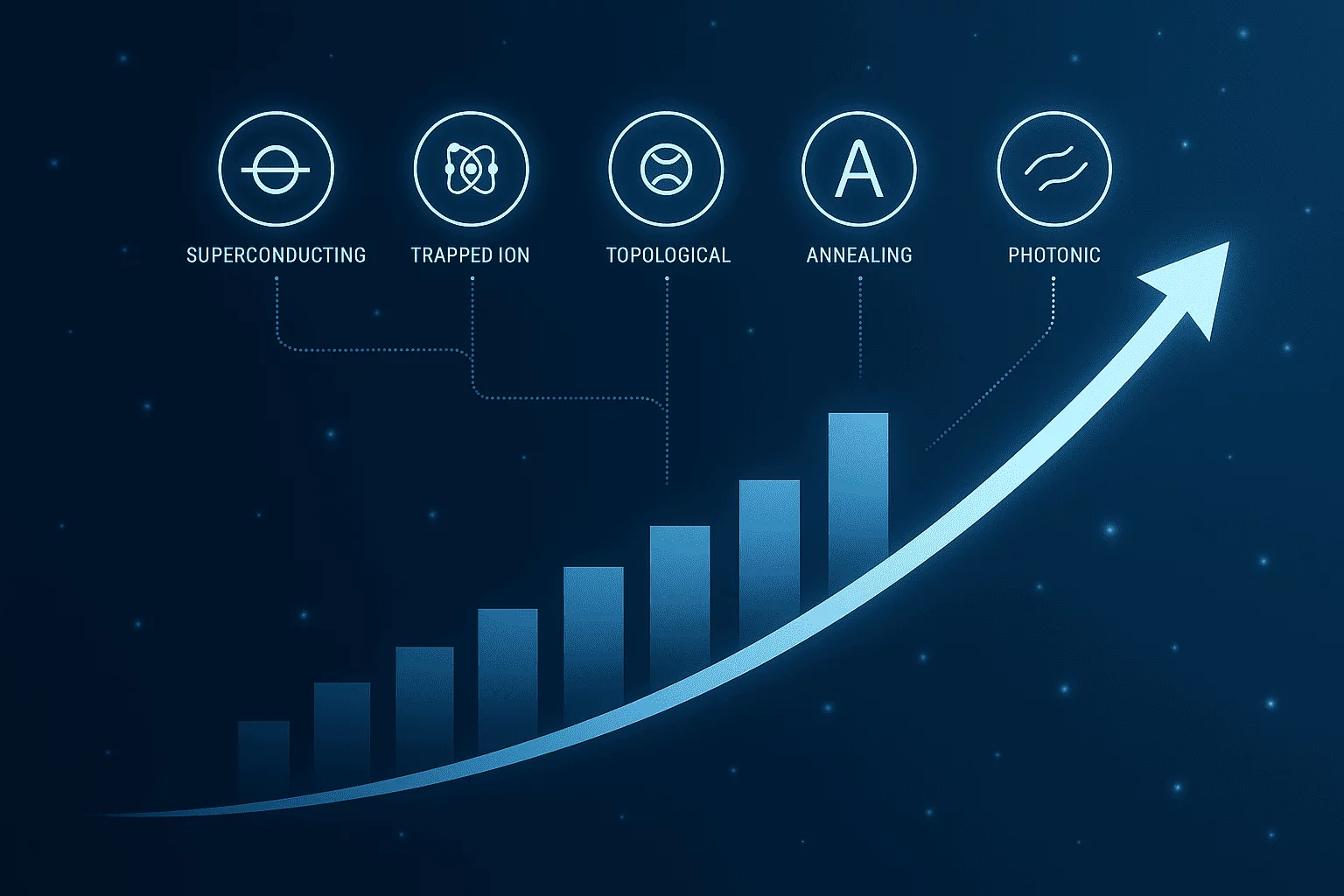The Autumn/Winter 2026 season isn’t just shaping color palettes and textiles—it’s transforming the process of interior design. Thanks to powerful generative AI tools like Stable Diffusion and Dreambooth, designers and homeowners alike can now conjure realistic, high-resolution visual mockups of rooms just by describing them. Explore how generative AI tools like Stable Diffusion and Dreambooth are revolutionizing AW 2026 interior design planning—creating detailed, personalized mockups and layout inspiration with speed and style.
Gone are the days of only hand-drawn sketches or complex modeling tools. With just a few well-written prompts and optional training on personalized inputs, AI can deliver:
- On-trend room layouts
- Mood-specific decor inspiration
- Scaled renderings tailored to existing furniture or product lines
In this post, we showcase how these tools are used to create interior visualizations for AW 2026, blending biophilic textures, warm modularism, and sustainable minimalism with user-specific tastes.
What is Stable Diffusion?
Stable Diffusion is a latent text-to-image diffusion model. Trained on billions of image-text pairs, it can turn prompts like:
- “Mid-century reading corner with mustard accents and walnut flooring”
- “Cozy Japandi bedroom with skylight, floor mattress, and linen sheets”
…into crisp visual interpretations.
Its strengths:
- Open source (via Stability AI)
- Customizable with models like Dreambooth or LoRA
- Fast rendering (5–20s)
- Control over style, composition, lighting, color palette
Personalization with Dreambooth
Dreambooth fine-tunes Stable Diffusion on a specific subject or theme. In interiors, that could mean training it on:
- A person’s current home
- A designer’s furniture line
- Brand-specific materials or architectural motifs
For AW 2026, some designers are uploading photos of:
- Real-life model units
- Selected product SKUs (e.g., sofas, lamps)
- Moodboards for Nordic Cottagecore or Neo-Mediterranean trends
They then generate personalized mockups that blend trend forecasting with practical previews.
Example Workflow
Train Dreambooth with 10–20 images of a space, object, or product line. Input prompts like: “AW26 trend: Organic minimalism living room with {object trigger}, ambient light, and neutral plaster walls”. Generate 5–20 high-resolution mockups. Curate, iterate, or blend multiple versions with img2img tools for refinement. Export for use in lookbooks, client presentations, or AR overlays.
Interior Trends Being Visualized for AW 2026
Biophilic Geometry
- Rounded forms with integrated plants
- Materials: terracotta, cork, ceramic
- Use Case: Dreambooth trained on natural textures + curved furniture
Muted Maximalism
- Deep forest tones, layered textiles
- Personalized shelf styling, gallery walls
- Use Case: Prompt-based variation to generate mood range
Warm Brutalism
- Raw materials with cozy lighting
- Chunky furniture in microcement spaces
- Use Case: Stable Diffusion with architectural LoRA finetunes
Modular Nostalgia
- Stackable units, retro detailing
- Use Case: Custom Dreambooth on brand archive furniture
Real World Use Cases
E-commerce
Furniture retailers use AI to:
- Show items in varied room types
- Render seasonal layouts
- Let customers visualize personalized spaces
Architecture & Previsualization
Architects test material finishes and spatial relationships before CAD.
Client Engagement
Interior consultants offer instant concept generation during discovery calls.
Content Creation
Designers build stylized mood content for TikTok, Instagram, and virtual staging.
Ethical & Creative Concerns
- Training bias: Images can reflect Western-centric aesthetics
- Copyright: Using brand photos in training models must follow licensing laws
- Overstandardization: Too many AI-generated rooms may look alike if not fine-tuned
Solution? Mix AI with human curation. Think of Stable Diffusion as a rapid idea multiplier—not a creative replacement.
Closing Thought from Mattias Knutsson
As AI integrates into product and space planning, procurement expert Mattias Knutsson notes:
“Visual AI like Stable Diffusion can reduce guesswork between design and supply chain. If mockups are tied to real products, we can predict demand faster, reduce inventory lag, and empower designers to work directly with factories.”
He sees these tools as not just aesthetic accelerators, but operational catalysts.
Conclusion:
Generative AI doesn’t kill design—it expands it. Tools like Stable Diffusion and Dreambooth let us visualize, iterate, and personalize faster than ever. For AW 2026, they help translate moodboards and styles into specific, testable visuals that fuel both imagination and implementation.
This is the new design frontier: where prompt meets product.
Use AI to dream boldly. Then build intentionally.





